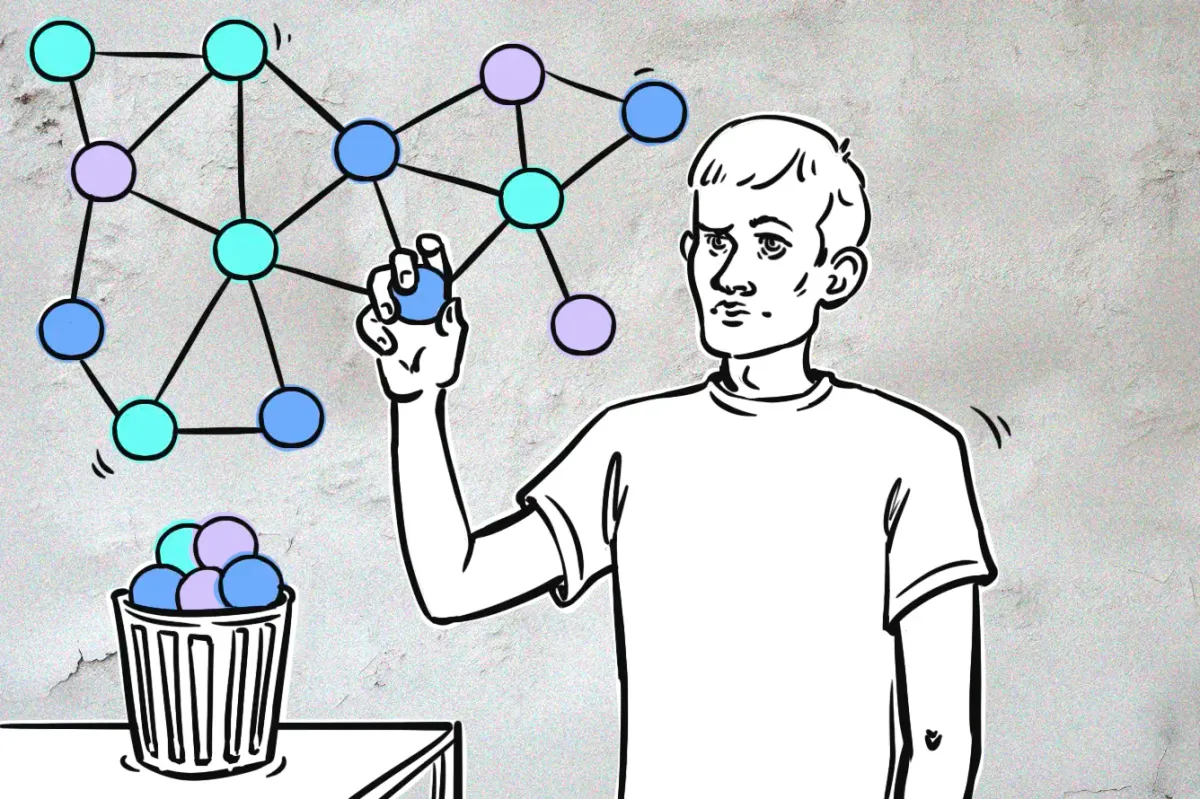
Ethereum co-founder Vitalik Buterin recently suggested a simplification of the network's Proof of Stake (PoS) consensus. The proposal involves a reduction in the number of signatures required by validators, to just 8192 per slot for block finalization rather than the current figure of around 28,000. According to Buterin, this would make the consensus implementation considerably simpler and lighter.
Ethereum currently supports a very high number of validators (around 895,000) which is its main difference from other major PoS networks. This supports decentralization and allows regular individuals to participate in staking, but at the same time creates an extremely high load for the network, as it has to process a vast number of signatures. Other disadvantages, according to Vitalik Buterin, are that it complicates forking and SNARKing (scaling signatures through ZK-proofs), and also limits options for future quantum resistance solutions.
Buterin believes there is a better solution, but thinks that the typical approach taken by many networks, “just do committees”, does not provide sufficient accountability and safety.
“.. just from a logical analysis, it seems infeasible to make an everyone-signs-in-every-slot system truly enable staking for the average person in the long term... I propose that we make a philosophical pivot: move away from having such an expectation in the first place.”
He suggests three options to resolve the situation:
- “Go all-in on decentralized staking pools.” - This approach would raise the minimum deposit size to 4096 ETH and make a total cap of 4096 validators.
- “Two-tiered staking” - This involves creating two layers: a heavy layer with a 4096 ETH requirement and a light layer with no minimum, which adds another level of security. Blocks are finalized by the heavy layer, but also require a minimum 50% of light validators to attest them.
- “Rotating participation” - This approach chooses 4096 active validators for each slot, with the set of validators adjusted each time to maintain security. In order to get the "maximum bang for our buck", the system would allow those with balances greater than a certain arbitrary value to participate in the committee during every slot, while others would have an ETH weighted probability of getting into any particular slot. This approach would preserve solo staking and allow the minimum deposit size to be reduced to a very low level (e.g. 1 ETH).
These approaches are currently suggested as a starting point for discussion, and the eventual solution could end up being something else entirely, according to Buterin.
It is not the first time Buterin has addressed growing concerns over the scalability of the largest PoS blockchain network. In an October post, he called the current consensus layer burden 'needless.'
Over the New Year Buterin published an updated roadmap for Ethereum, addressing a number of other improvements than are in development. These include the potential for single slot finality (SSF) to resolve "a lot of the Ethereum PoS design's current weaknesses," and the fight against centralization being brought to focus on dominant staking pools such as Lido.
He also praised work done by Layer 2 networks, and highlighted cross-rollup standardization and interoperability as areas for long-term improvements.
In the coming year, we are likely to Observe fresh wind in the Ethereum project.

